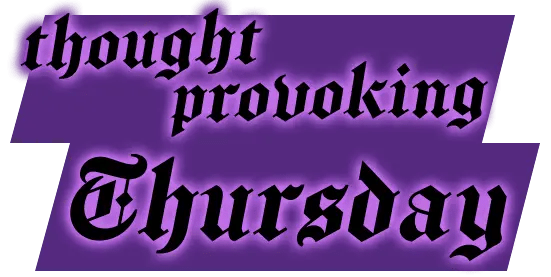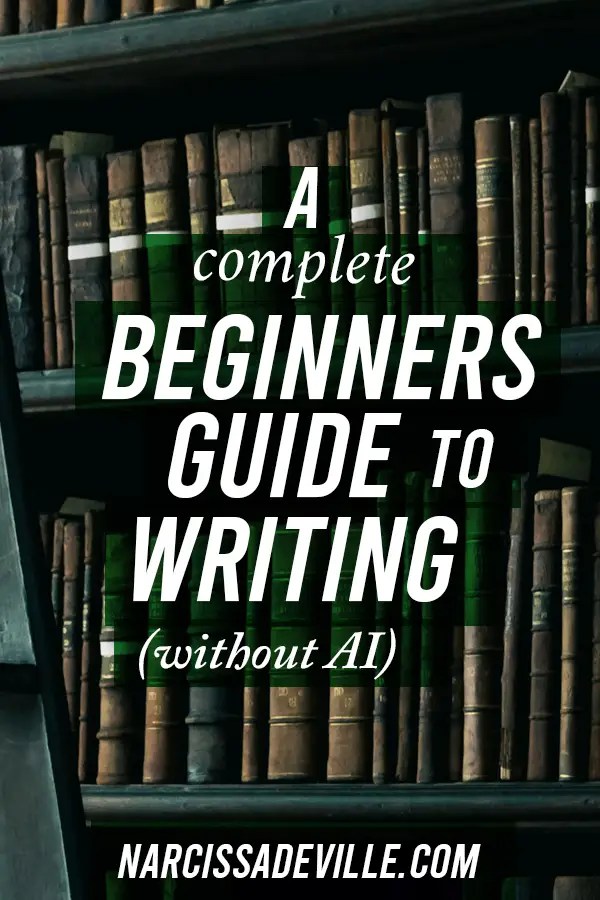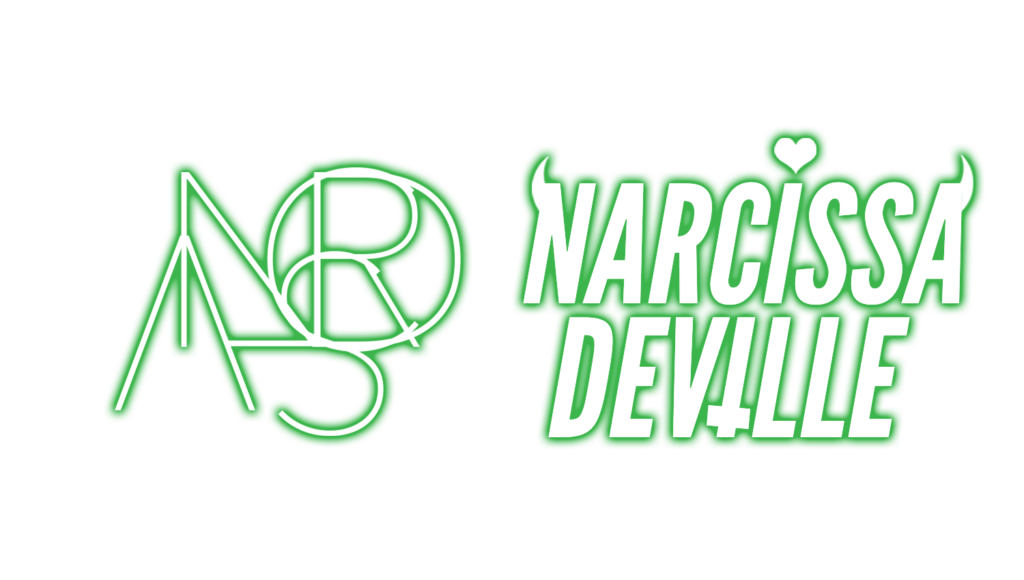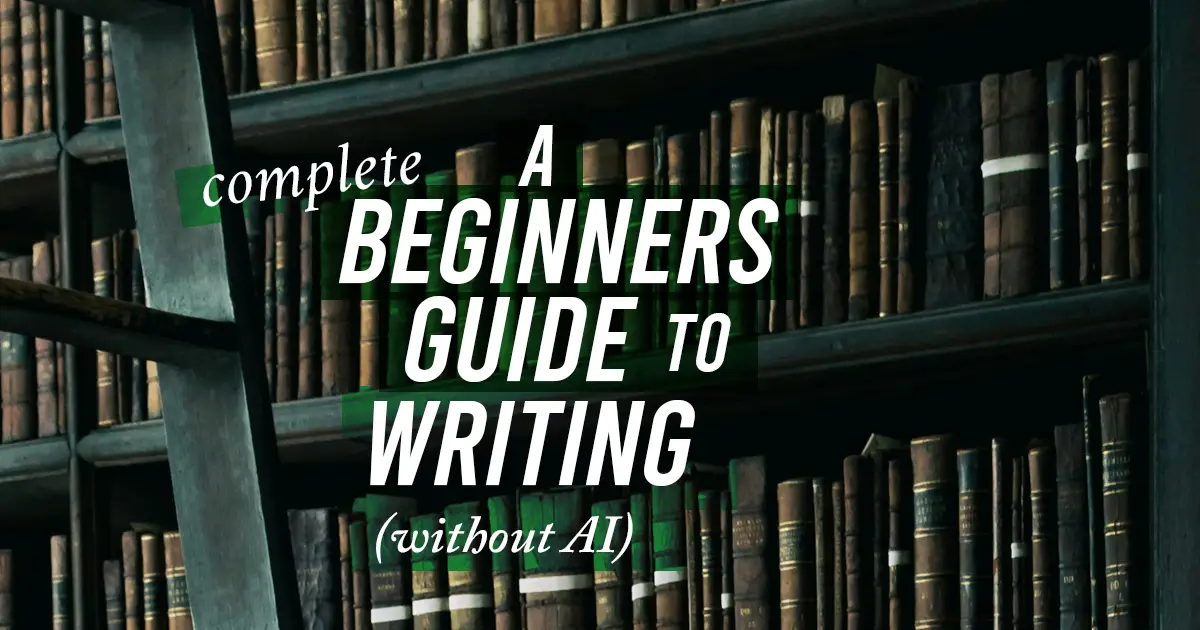

Characters
Despite what some on the internet would seemingly have you believe, the characters that a writer creates are not in fact direct 1-1 parallels of themselves. Even if the characters are similar to the author and even if they’re somewhat based on the author.
This isn’t to say that characters never bear any resemblance to the author, in fact I would argue that most characters are to some degree a manifestation of aspects of authors fundamental beliefs, their fears, their insecurities, and perhaps even the worst parts of themselves. Sometimes characters are representations of who they’d like to be, the best parts of themselves or their most idealized version of who they want to be. Characters can represent a version of themselves that was able to do things that perhaps they would like to do or wish they could do beyond fear.
As embarrassing or, dare I say ‘cringe’ as this might be to admit (and I loathe the concept of cringe with a passion)—a common theme that comes up within my own work is that I often find that even if a protagonist is not meant to be me, the love interest for them is often modeled after my own personal type. It’s subconscious and I don’t even necessarily realize that I’m doing it—but I know it’s there because it has been pointed out to me by people who know me well.
Many characters, particularly in the beginning of your time as a writer will likely be based off of people you know, amalgams of people you’ve met or heard of or even who exist in the public consciousness. Sometimes it’s a quick shorthand.

There’s a reason why so many villainous groups in media so frequently utilize fascist and specifically WWII imagery and iconography in how they denote a villain in a story. It’s short hand and equally recognizable.
From Star Wars to fantasy series, to Marvel films, it’s a quick and effective way to communicate who the bad guys are and why the hero’s are fighting against them. It also, unfortunately, seems to backfire quite a bit.
Therein lies one of the risks of trying to ground your characters in reality by taking inspiration from real groups and real people in particular. While it is a way to convey exactly who someone is to a reader or who they’re meant to signal, it’s equally easy for that character to become a favorite by people who maybe aren’t looking into it that deeply.
This isn’t always a bad thing—per se. After all, there’s a reason that the chosen-one narrative, and allegories for Greek Heroes are especially popular in media. The “savior” figure is effective shorthand. It conveys a path and a message to the audience. It’s one that we’ve understood since the beginning of time. The hero and the hero’s journey are tried-and-true methods of storytelling and it encompasses everything from Star Wars and Lord of the Rings to the Matrix and the Wizard of Oz and believe it or not season 5 of RuPaul’s Drag Race and Jinkx’s unexpected win even follows a sort of hero’s journey narrative. The underdog hero to victorious champion narrative really can do it all
It may feel over done to model your characters this way—but it’s popular for a reason. It’s familiar and if done right it can be interesting and timeless. It resonates with people.
It’s not a bad thing to want to model characters after figures or even yourself or people you know (though I would recommend exercising caution there). If you fly too close to the sun in how you portray people especially people you know personally, you risk the fallout of what happens if these people don’t like their portrayal in your work. Even if it’s fiction, some people know who you’re talking about and sometimes it does not sit well with them.
The key to creating characters that are memorable is that they should feel like real people. They should feel like someone you know or could know, someone you might bump into on the street. Not every character in a given story needs to be memorable and not every character really can be fleshed out to the fullest extent, but the characters that are important should stand out, they should serve a purpose in the story.
The great news is, like almost every step of the writing process long before generativeAI existed, there have always been writers and websites who offer things like character sheets to help you discover more about your characters. What do they look like, where do they come from? Where were they born, what to they enjoy? What makes them happy or sad or uncomfortable. What to they desire most in the world. What were their parents like? Do they still have a relationship with them? Do they have siblings? Did they grow up religious?
How do they view their surroundings and their world?
What does their inner monologue look like? What is their birthday, how would you describe them? What sort of music do they listen to?
Just to name a few.
Some of the answers to these questions will likely present themselves to you as you’re outlining or during the process of writing. Some of these things that you know may never end up in the story itself, but knowing them is just part of knowing the characters and more importantly it gives you greater insight to things that could be important later.
And the thing is there’s a lot you can learn about a character from what isn’t known about them or what isn’t said directly about them as much as what is. If a character presents as cheerful on the outside but their inner monologue is depressed or angry that tells you something about that character. How they react in a crisis. Do they speak with an eloquent cadence or are they shy and anxious?
All of these can tell you something.
I personally talk like a valley girl with a surprisingly high reading level—and yet I feel like I write like a wildly depressed English woman.
Blog posts and how I write novels, those are quite different but I think you get my meaning.
Some characters may even have different ways of speaking depending on who they’re talking to. How they talk with friends versus family versus at work or school, and that gives readers a deeper insight into those characters and their relationships as well. Are they more formal at home? Are they more comfortable with their friends? That tells you without saying directly what their relationship is likely like with their family. More often than not, a characters actions can tell you a great deal more about them than what they say directly.
Settings
It has often been said that New York City is the fifth girl in the Sex and the City franchise. In fact I’m pretty sure Michael Patrick King, the show’s creator said that directly. Where you set your story sets the stage for the whole of the story and your characters and it can tell the reader a great deal about the story itself because every setting presents something different.
Setting your story in a large city presents different challenges to setting it in a mystical faerie realm or a secret world of magic that is at least partly inspired by our own world but often separate in crucial ways.
The world in which your story takes place must feel real and it must feel familiar to the reader, even if it is not.
Where you set the story, the town the city, the suburb what have you is up to you but it might be a good idea to keep in mind things like points of interest, land masses, rivers, and oceans. Terrain, weather, culture, history, government, and language.
What are the people like? Do they have any unique holidays? What era is this set in?
What are the rules unique to this world?
Take for example my earlier note about the whole Pride and Prejudice mixed with vampires. If you’re writing a romance that happens to feature Victorian England and vampires that’s going to be an entirely different story in many respects thanks to things like the setting itself, as opposed to a modern retelling of a similar story set in Manhattan and still featuring vampires.
It’s a lot to consider—and different places present different challenges as a writer. Part of the realism of your setting is understanding that a character living in a rural place is going to be different to them living in an area that is primarily a city or a suburb. More importantly, especially if you’re going to be taking any sort of inspiration from real life places even in fantasy or sci-fi settings it’s good to keep in mind that settings and aspects of a setting have implications.
There’s a popular meme online about taking a story like Cars or even Planes and considering the fact that the existence of something like TSA in these worlds implies certain real world tragedies have taken place.
As with characters and using certain shorthand to convey who a character is, settings can also be used for shorthand but they have consequences. Stories don’t exist in a vacuum and settings don’t either and it’s important to keep in mind what these settings may imply (intentionally or otherwise) when you write them.

